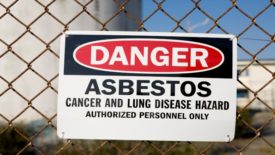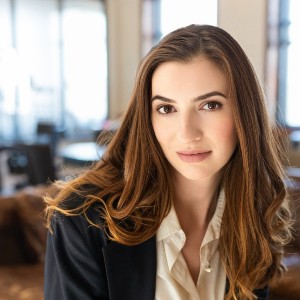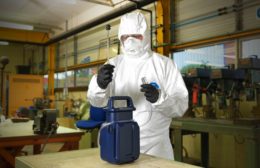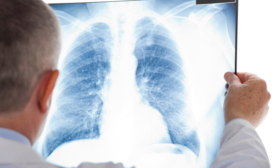Home » Keywords: » asbestos
Items Tagged with 'asbestos'
ARTICLES
Current uses of asbestos exceed exposure limits
Airborne fibers from asbestos cement are 50 times permissible level
November 20, 2023
What you need to know about asbestos
Mesothelioma Awareness Day highlights importance of asbestos prevention in the workplace
September 23, 2020
Get our new eMagazine delivered to your inbox every month.
Stay in the know on the latest safety trends.
SUBSCRIBE TODAYCopyright ©2024. All Rights Reserved BNP Media.
Design, CMS, Hosting & Web Development :: ePublishing












